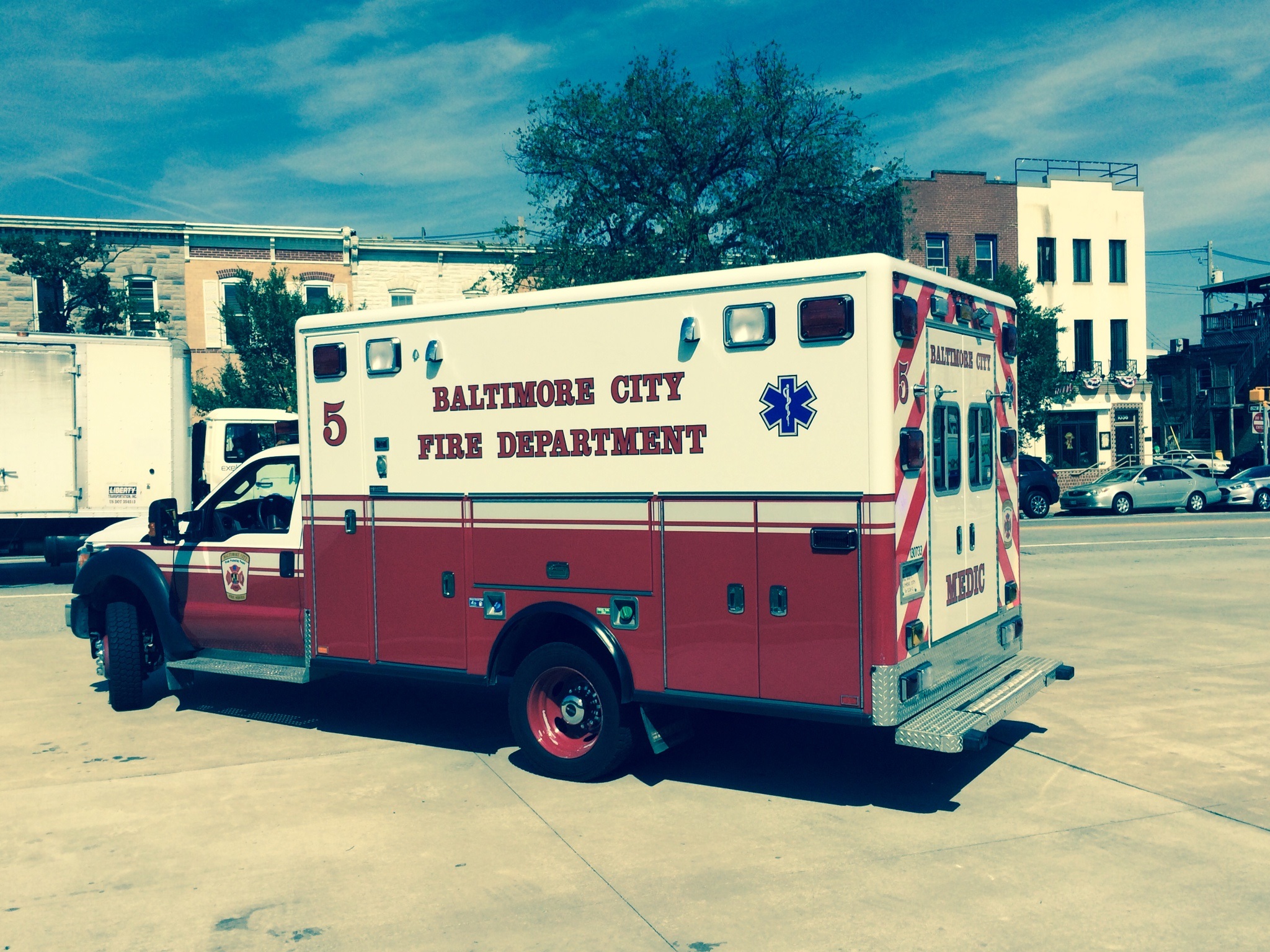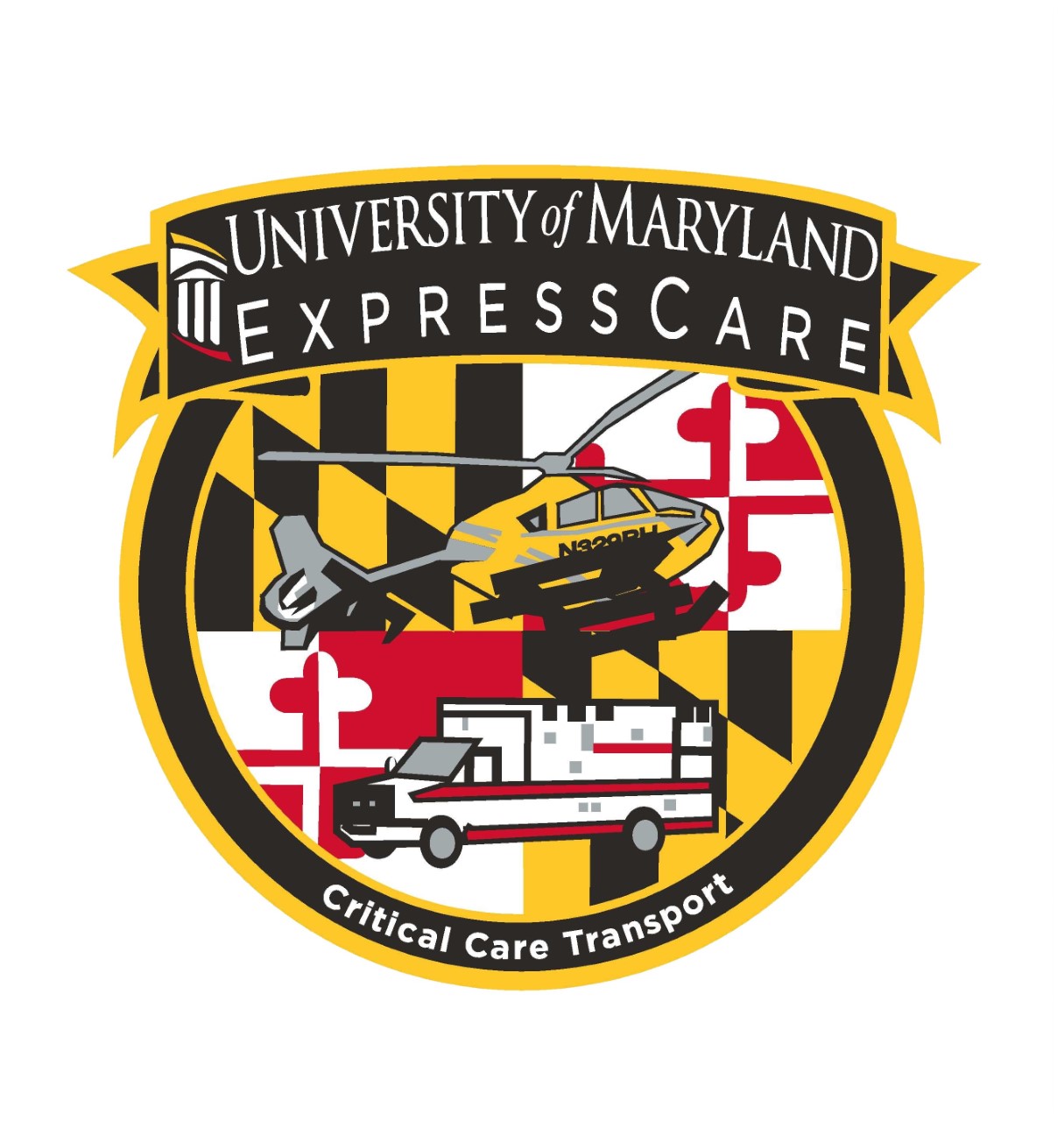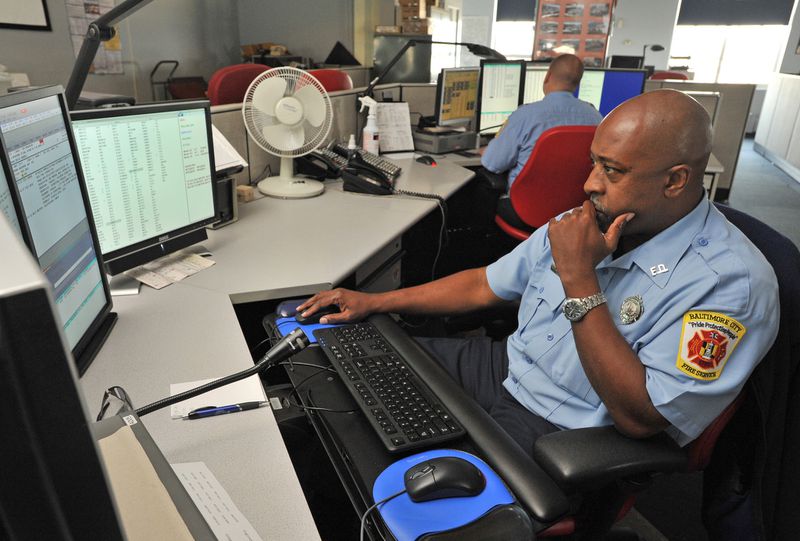The University of Maryland School of Medicine's EMS elective is a broad based and in-depth immersion into the practice of out of hospital medicine. Paired with a core emergency medicine faculty member, medical students will rotate through various components of prehospital medicine. Though a working arrangement with paramedic instructors, students are also introduced to paramedic-level skills including dysrhythmia recognition, endotracheal intubation, and intravenous access. The elective is divided into four "modules," and can be structured according to the individual student's experience and background. The modules are asynchronous and represent generalized areas of EMS practice. Previous EMS training or pre-requisites are not required. The EMS experience can be tailored (and expanded) to meet individual student interest.


Module 1: Introduction to EMS and Hospital Emergency Planning / Disaster Preparedness
Contacts:
EMS Faculty (Drs. Guyther, Nusbaum, Robinson, Lawner)
Students will work with residents, staff, and faculty to examine emergency preparedness strategies. Collaborate with emergency medicine residents and emergency planners on disaster planning and the mitigation of an anticipated, "patient surge." Readings relevant to emergency management can be found in the section on "disaster medicine."
Readings/resources:
Module 2: Emergency Medical Services Training (BCFD and EMS education)
Contact:
EMS Faculty
Students collaborate with emergency services instructors on EMS specific educational projects. Observe and practice emergency patient care skills such as intravenous access and airway management. Participate in lectures / in-service trainings to EMS personnel. Students will also create a 30 minute powerpoint presentation (narrated) on a topic relevant to EMS practice
Readings:
Presentation pointers:
Module 3: Quality Assurance (BCFD), Emergency Medical Services Administration, and EMS Research
Contacts:
Captain Anita Hagley, and EMS Facilty
-Discuss key aspects of EMS quality assurance and reporting
-Obtain follow up data on cardiac arrest survivors
-Attend regularly scheduled meetings of the protocol review committee
-Attend regularly scheduled meetings of Maryland EMS Systems Research Interest Group
-Attend regulary scheduled meetings of the University of Maryland Medical Center's STEMI Committee

.
Module 4: Operational (patient care) Emergency Medical Services
The EMS elective is currently affiliated with several clinical sites. Depending upon interest and availability, students can choose to complete shifts with different EMS jurisdictions
Baltimore City Fire Department
Contact:
Kelli Robinson, MD, EMS Faculty
-Ride along with Baltimore City Fire Department ALS apparatus
-Ride along with BCFD EMS Officers
-Participate in any regularly scheduled mass gathering EMS events
Baltimore City Fire Department Unified Communications Center (911 and Fire Dispatch)
Contact:
Chief Cassandra Chase, BCFD Communications (Fire Dispatch)
Tenea Reddick, Director, BCFD Fire Communications and 911 Center
Location: 601 E. Fayette Street, Baltimore, MD
The student on rotation will observe the initial intake/triageof 911 calls and subsequent dispatching of fire/EMS units. The shift takes place at the Unified Communications Center. Objectives of this rotation include learning about aspects of 911 triage and emergency response profiles. The communication center handles an average of 80,000 calls per month. Fire Communications is tasked with assigning fire apparatus and EMS units to various requests for emergency medical and fire suppresion calls.
Baltimore County Fire Department
Contact:
Danielle Knatz, EMS Bureau Chief
Students can participate in ride alongs with EMS supervisors and conduct responses to patients with acute illness and injury. The County experience affords students to experience a different operational EMS structure.
-Location of Baltimore County Fire Department stations
-Baltimore County Fire Department rotation information
PHI/University of Maryland ExpressCare-1 (AIR MEDICAL)
Contact:
Mike McCabe, NRP, FP-C, Base Manager
Maryland ExpressCare 1 provides critical care aeromedical transportation for critically ill and injured patients requiring care at the University of Maryland Medical Center. You'll travel to the base of operations and meet with the transport crew. You'll talk with critical care transport providers about the unique environment in which they work. Depending upon availability, you will have the opportunity to tour ExpressCare's EC-135 twin engine aircraft.
University of Maryland ExpressCare Ground Critical Care Transport (GROUND TRANSPORT)
Contact:
Ellen Souchak, RN, Senior Critical Care RN Transport Specialist
Leigha McGuin RN, BSN, Nurse Manager
ExpressCare also contracts with American Medical Response to provide ground interfacility and critical care transport from area hospitals to the University of Maryland Medical Center. Ride along with crews to retrive critically ill patients from outlying facilities and experience the critical care transport environment.
Prehospital and Disaster Medicine Website Home